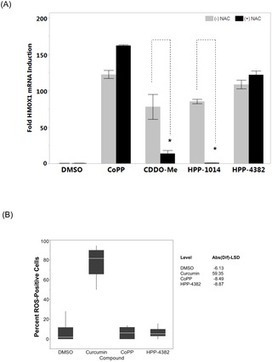Get Started for FREE
Sign up with Facebook Sign up with X
I don't have a Facebook or a X account
 Your new post is loading... Your new post is loading...
 Your new post is loading... Your new post is loading...
|

Martina Hrabinová's curator insight,
March 31, 2016 5:14 AM
A new way to avoid genotoxicity? Several types of CRISPR–Cas adaptive immune system have been described, each with a unique mechanism and protein composition. DNA cleavage by type III-A CRISPR–Cas systems relies on a complex known as Cas10–Csm and requires transcription of the target DNA. Type III-A CRISPR–Cas systems are also capable of degrading RNA, although why they should have an RNase function is not known. Jiang et al. now show that some phage targets can delay the transcription-dependent DNA cleavage mechanism of type III-A CRISPR–Cas systems but that CRISPR RNases prevent the replication of these phages. |













Challenges in the delivery of small interfering RNA (siRNA) have hampered clinical translation. Polymeric or periodic short hairpin RNAs (p-shRNAs) are a recent development that can potentially address these delivery barriers by showing improved stability and complexation to enable nanoparticle packaging. Here The scientists modify these biomacromolecules packaging via structural and sequence engineering coupled with selective enzymatic digestion to generate an open-ended p-shRNA (op-shRNA) that is cleaved over ten times more efficiently to yield siRNA. The op-shRNA induces considerably greater gene silencing than p-shRNA in multiple cancer cell lines up to nine days. Op-shRNA provides an RNAi platform that can potentially be packaged and delivered efficiently to disease sites with higher therapeutic efficacy.